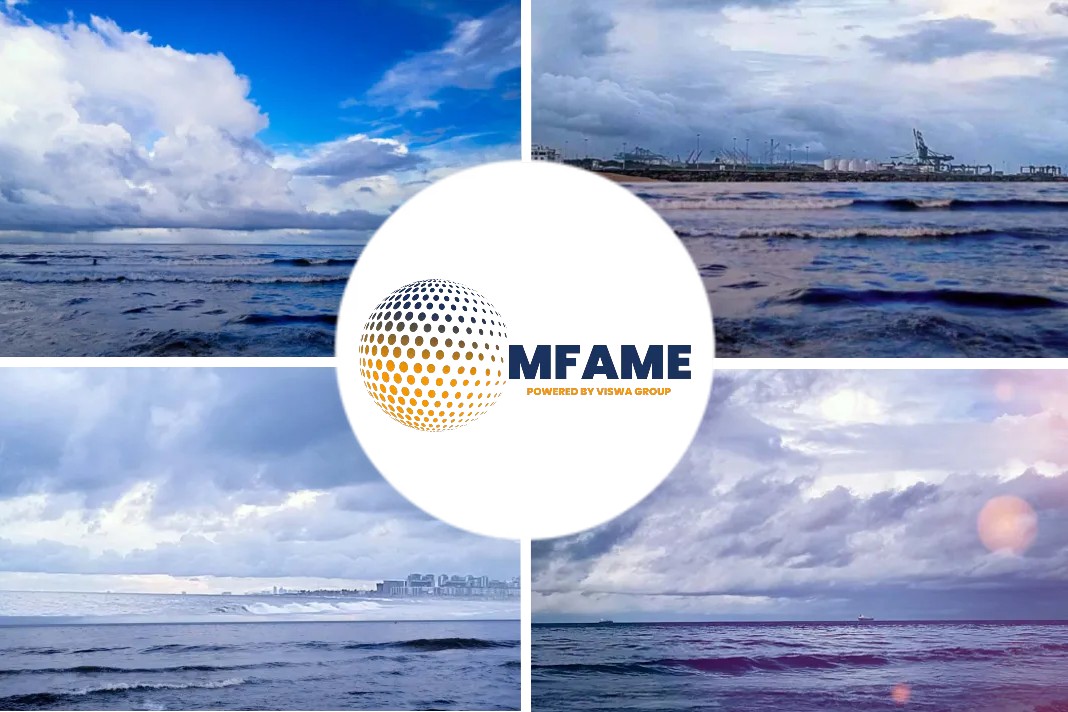 Collecting litter from the seafloor is a highly complex, yet ever more necessary matter. The SeaClear project aims to develop an autonomous robotic system for searching, identifying, classifying and collecting waste in the water column and on the seafloor in coastal areas.
Collecting litter from the seafloor is a highly complex, yet ever more necessary matter. The SeaClear project aims to develop an autonomous robotic system for searching, identifying, classifying and collecting waste in the water column and on the seafloor in coastal areas.
Cosmin Delea, Research Associate “Maritime Technologies and Biomimetics” at the Hamburg-based Fraunhofer Centre for Maritime Logistics and Services (CML), underlines the idea of using autonomous robots in the form of unmanned vehicles for marine litter removal in coastal areas, says in article published on ship & offshore website.
Condition of sea
Every year 150,000 to 500,000 tonnes of macroplastic and 70,000 to 130,000 tonnes of microplastics enter European seas. This issue affects all seas around Europe, including the North Sea and the Black Sea; how-ever, the majority of the debris ends up in the Mediterranean Sea. The reasons are the natural conditions, as this semi-enclosed sea, surrounded by three continents and characterised by intense human activity, constantly accumulates waste and has become one of the seas most affected by marine litter world-wide. The magnitude of this problem is so great that the Mediterranean Sea is starting to be considered as the world’s sixth largest accumulation of marine litter, next to hotspots in the Atlantic, Pacific and Indian oceans.
Testing of project
The system developed in the European SeaClear project will be tested in two contrasting areas:
- A tourist area on the coast of Dubrovnik, Croatia, where the water visibility and turbidity are close to ideal, but the waste density is staggering
- An industrial area in the Port of Hamburg with water visibility below 20cm and unknown marine waste data and statistics.
Collaboration
To contribute to resolving the pressing issue of marine waste, this project develops a network of collaborative heterogeneous robots to detect and collect marine waste in situ within the water column and on the seabed. A team of researchers in a consortium of eight European partners from Germany, the Netherlands, Croatia, France, and Romania are working together in order to find the optimal solution for a system composed mainly of autonomous robotics, that can be controlled from shore and used to carry out a typical clean-up operation in a client-defined area.
About project
SeaClear makes use of both aerial and waterborne (surface and submerged) vehicles in order to maximise the efficiency of the operation. The unmanned aerial vehicles (UAVs) are used for performing initial surface surveys. The unmanned surface vehicle (USV) will act as an offshore control centre, from where the ROVs, each equipped with specific sensors and grippers, will be deployed in water. After collecting the waste in a custom-designed basket, the latter will be then transported to shore and picked up/collected/shipped further to various recycling facilities.
Summary
- The SeaClear project aims to develop an autonomous robotic system for searching, identifying, classifying and collecting waste.
- The magnitude of this problem is so great that the Mediterranean Sea is starting to be considered as the world’s sixth largest accumulation of marine litter, next to hotspots in the Atlantic, Pacific and Indian oceans.
- Project develops a network of collaborative heterogeneous robots to detect and collect marine waste in situ within the water column and on the seabed.
- SeaClear makes use of both aerial and waterborne (surface and submerged) vehicles in order to maximise the efficiency of the operation.
Did you subscribe to our daily newsletter
It’s Free! Click here to subscribe!
Source: Ship & offshore





















